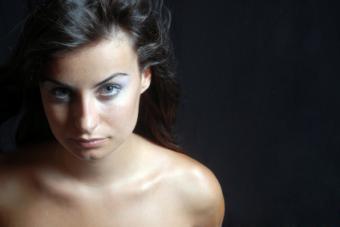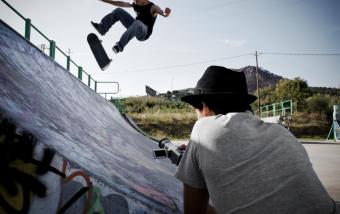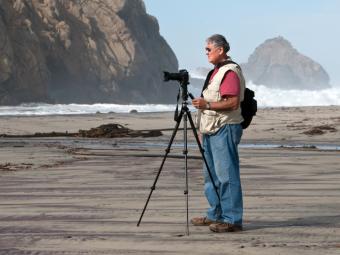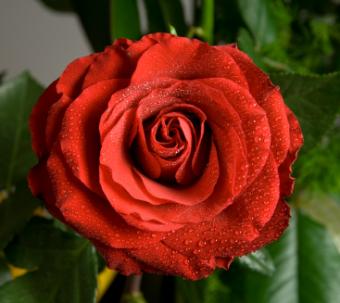Plan Ahead

A good photographer always strives to take better pictures. It helps to be in the right place at the right time, and planning ahead can increase your chances of having your camera ready when the opportunity for the perfect shot occurs. This is especially important in sports photography. A skilled photographer knows that patience and persistence are the keys to capturing great images.
Understanding Modes

Your digital camera has a number of modes for different lighting situations and styles of photography. These modes can range from fully manual to fully automatic, often with several stops in between for semi-automatic modes. Consult your owner's manual to better understand how different modes affect your images.
Try a Plain Background

Busy backgrounds can distract from the subject of your photo. A plain fabric backdrop is often best for portrait shots so the focus can be on the subject. For candid photography, simply try to choose the plainest scenery you can.
Reduce Red Eye

Nothing screams "amateur" like a photo in which everyone has a bad case of red eye. Some digital cameras now have a built-in red eye reduction filter. You can also help reduce red eye by moving into brighter light and having your subjects avoid looking directly at the lens.
Appealing Apertures

Your aperture controls how wide the shutter on your digital camera opens. A wider shutter lets in more light and a narrower shutter lets in less. The smaller the aperture number, the larger the aperture opening.
Wide apertures decrease the focal plane, or how much of the image is in focus. A blurred background is called "bokeh" -- use bokeh to your advantage to make your subject stand out or to minimize a distracting background.
Shutter Speeds

Shutter speeds control how fast the shutter curtain opens and closes. Fast shutter speeds let in a little light and "freeze" motion. Slow shutter speeds let in more light, but motion becomes blurred. Both effects can be desirable depending on the images you're trying to capture.
Master ISO

Your digital camera has a sensitive chip in the place of a piece of film. The ISO setting changes that chip's sensitivity to light. High ISOs are more sensitive to light and low ISOs are less sensitive.
Use a high ISO when a combination of aperture and shutter speed is not letting in enough light.
Add Some Flash

Most digital cameras have some form of pop-up flash. This can be used to fill in dark areas of a photograph or as the only light source. If you are using a separate flash unit, try aiming it away from your subject to a nearby wall or surface to avoid harsh shadows.
Avoid the Center

It's natural to center your photo subject in the middle of the viewfinder, but you'll often get better results by placing the subject slightly to one side. Try various angles to make sure you get at least a few great shots.
Sign up for our newsletter featuring all the latest stories and products we love.
Get Down on Their Level

When photographing animals and children, don't stand and point the camera downward. To take better pictures, kneel or squat down and get eye level with your subject.
Use Tripods

Don't be afraid of the tripod. This useful tool helps you to keep the camera level and steady during long exposures in low light and helps minimize blurring from camera shake.
Get Closer to Take Better Pictures

In many cases, a photo can be improved if you simply move closer to the subject to capture more detail. Using your camera's macro mode is a great way to capture close-ups of flowers and other images in nature.







